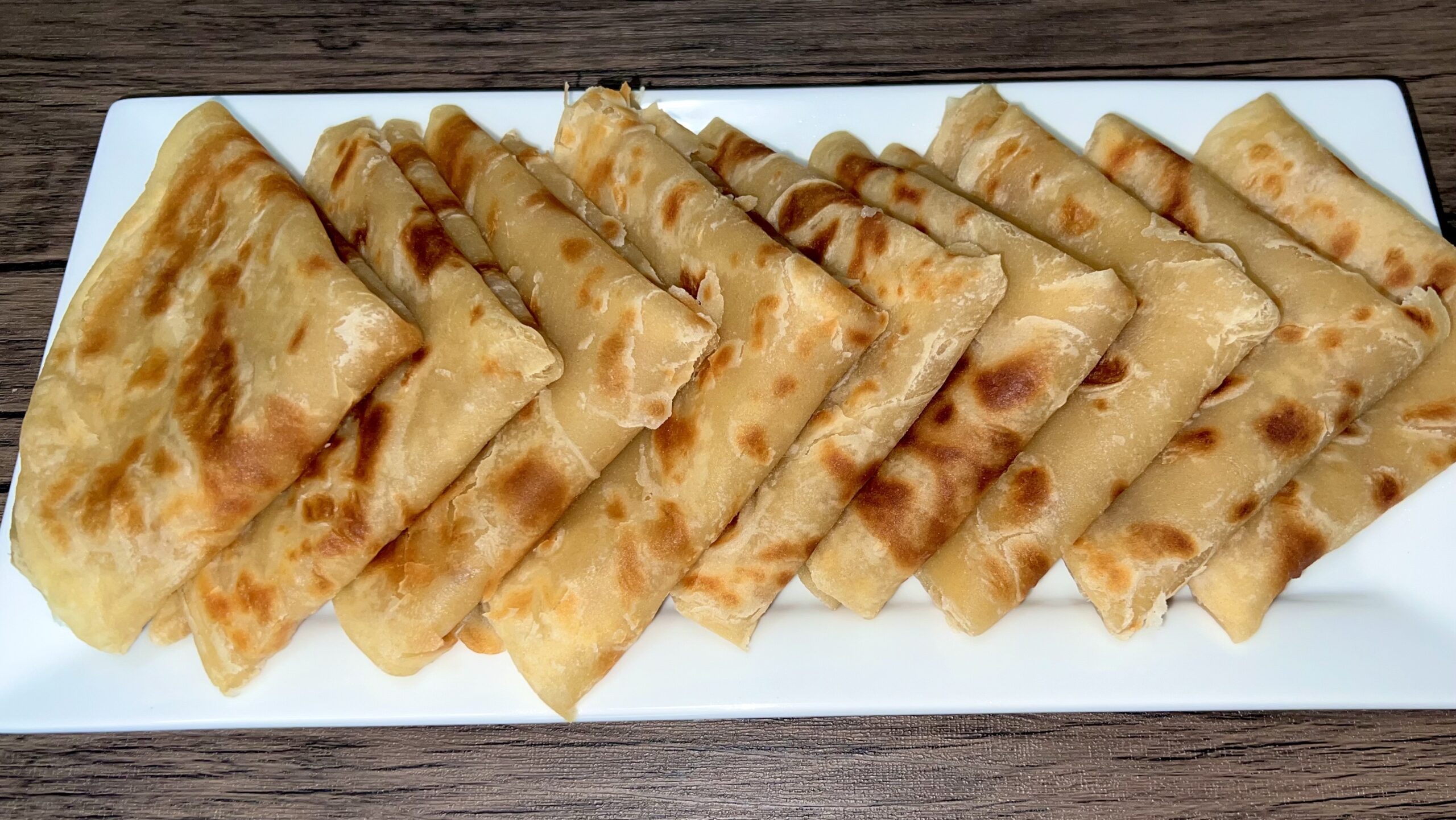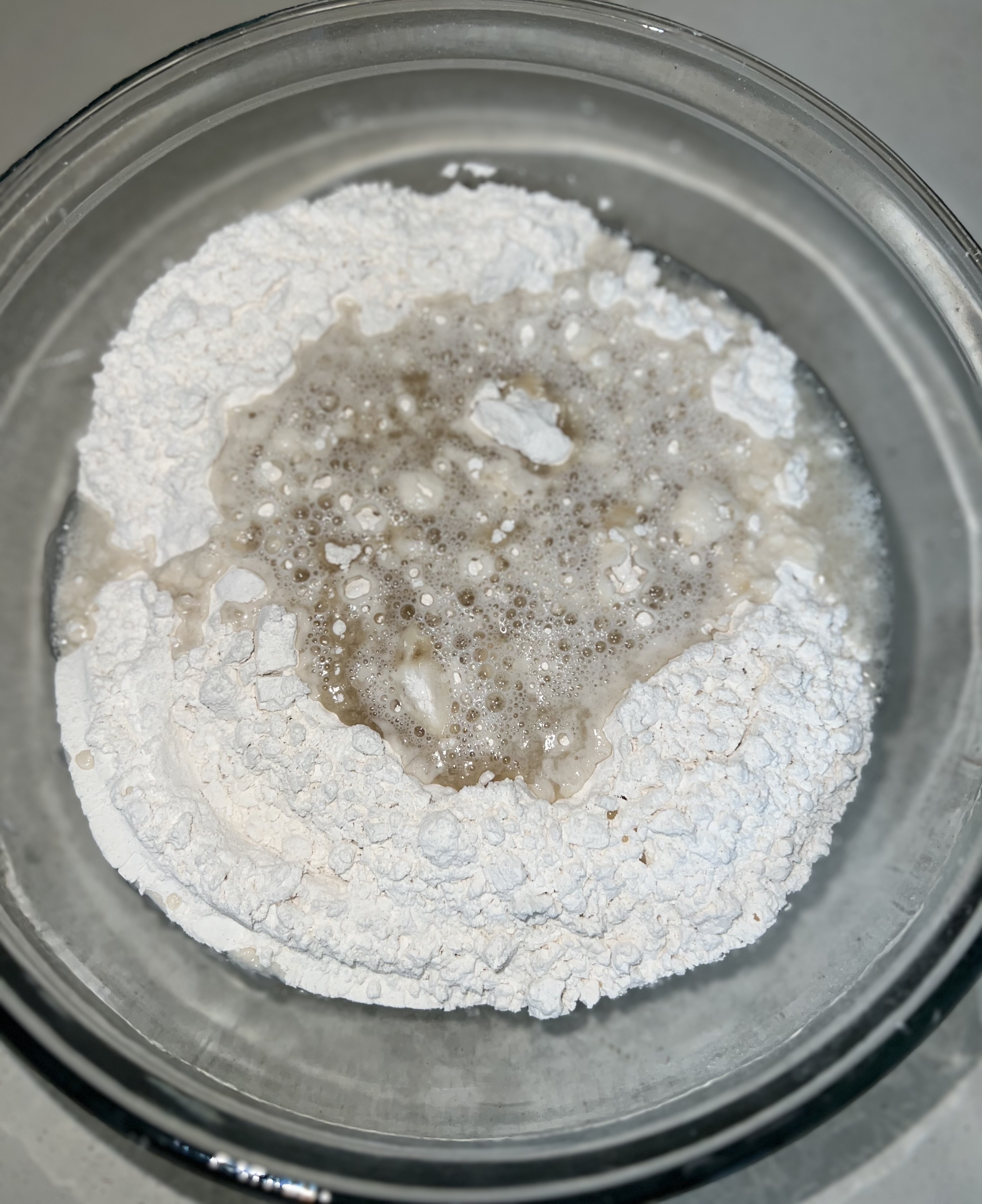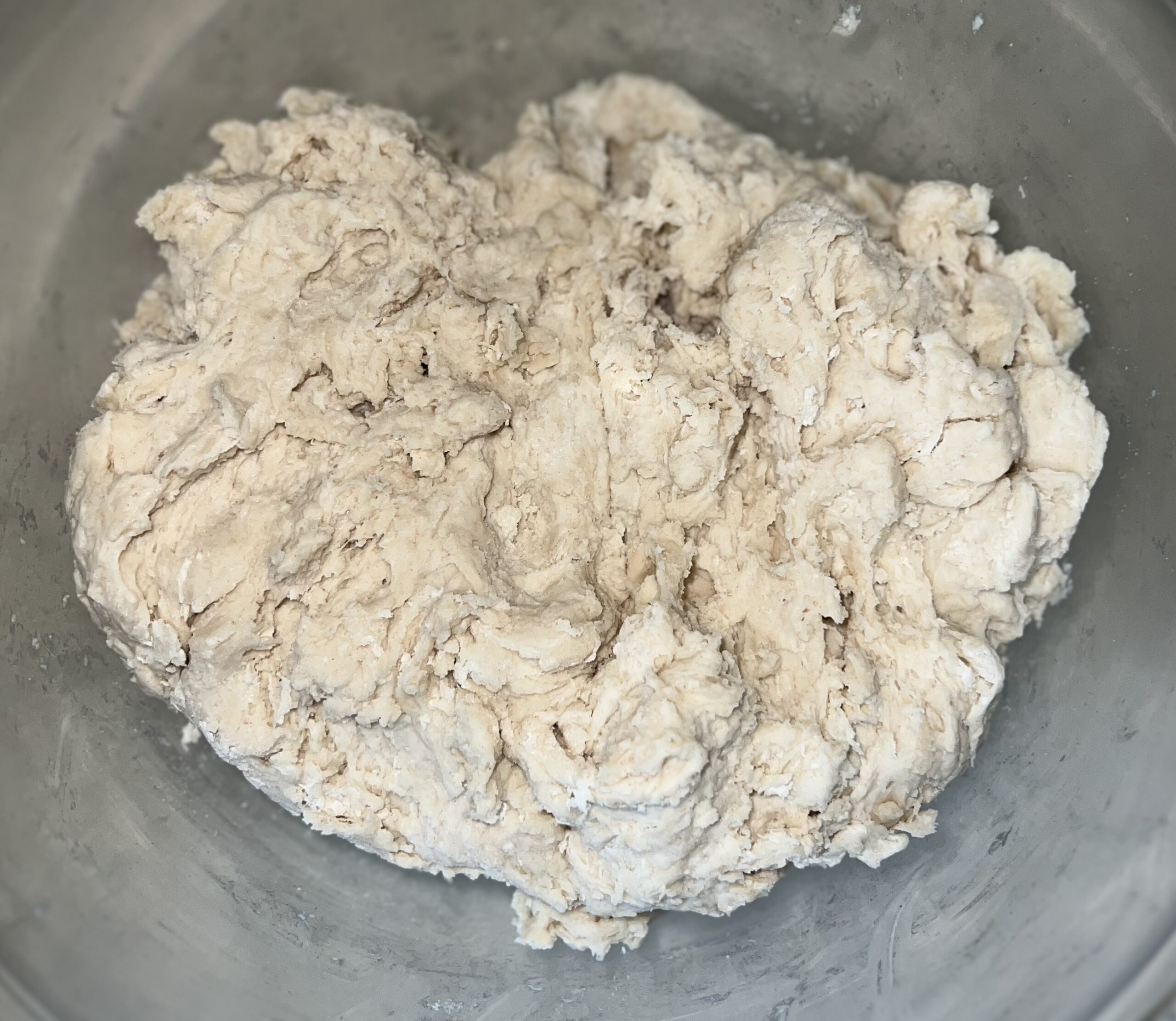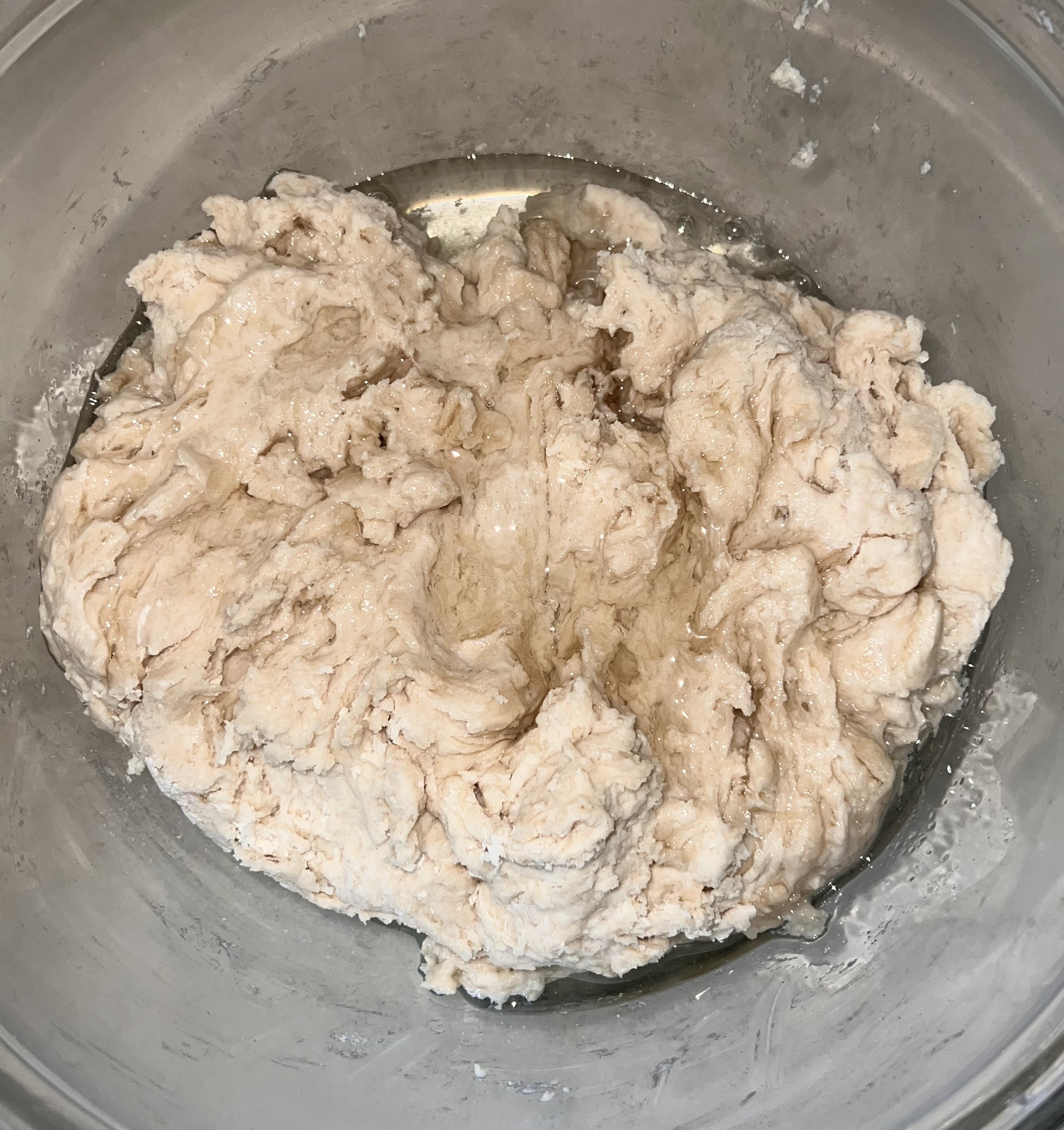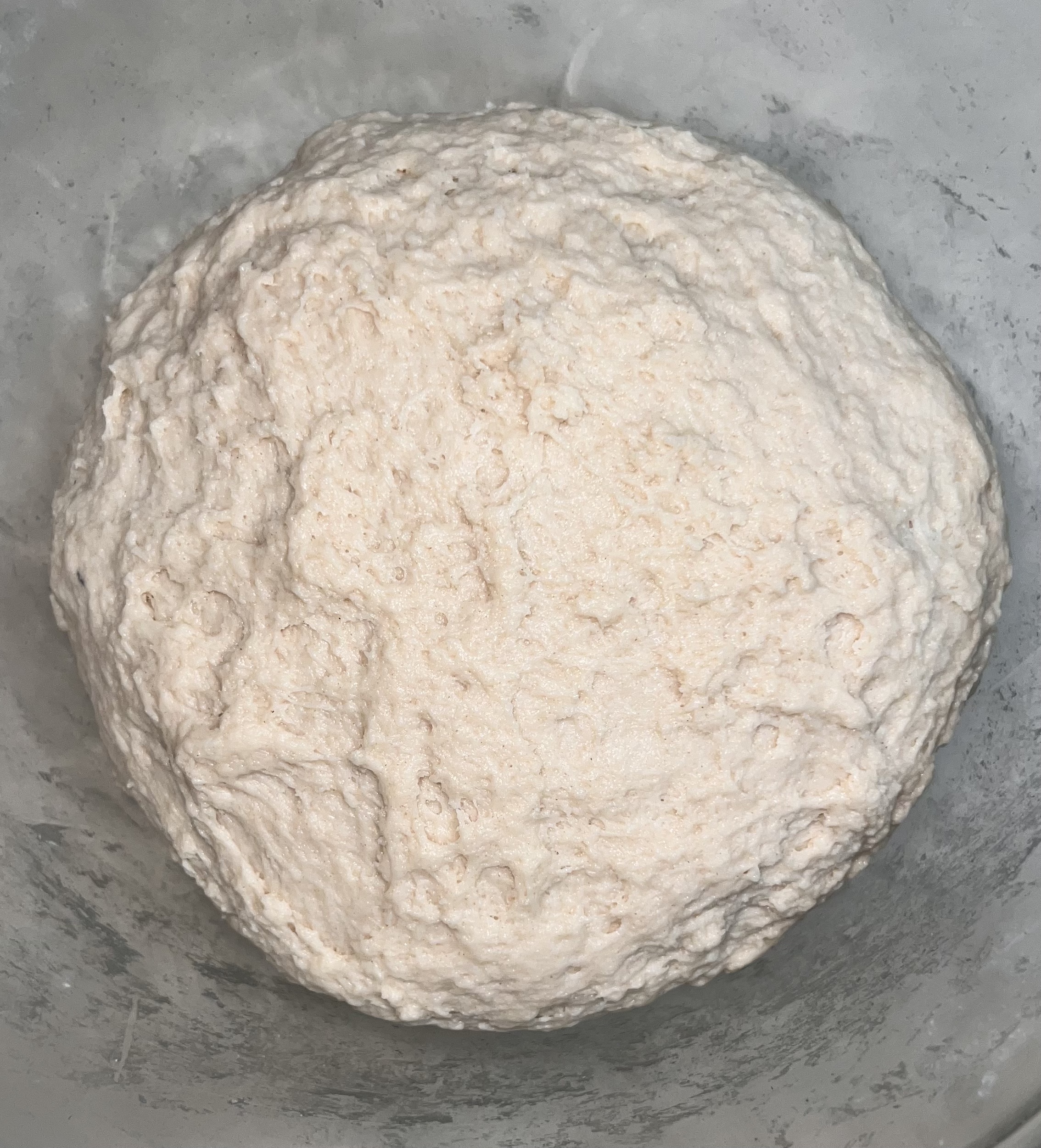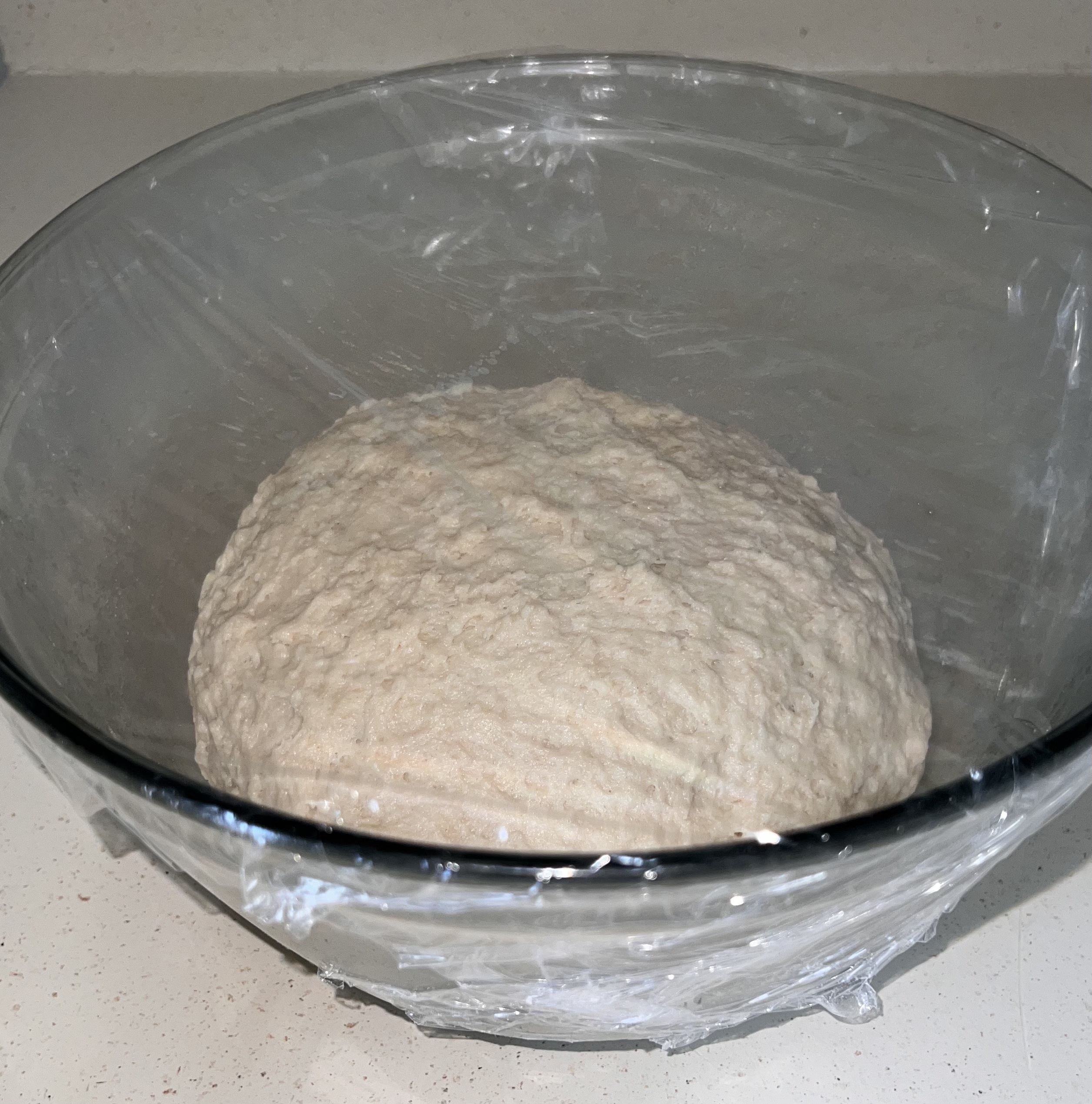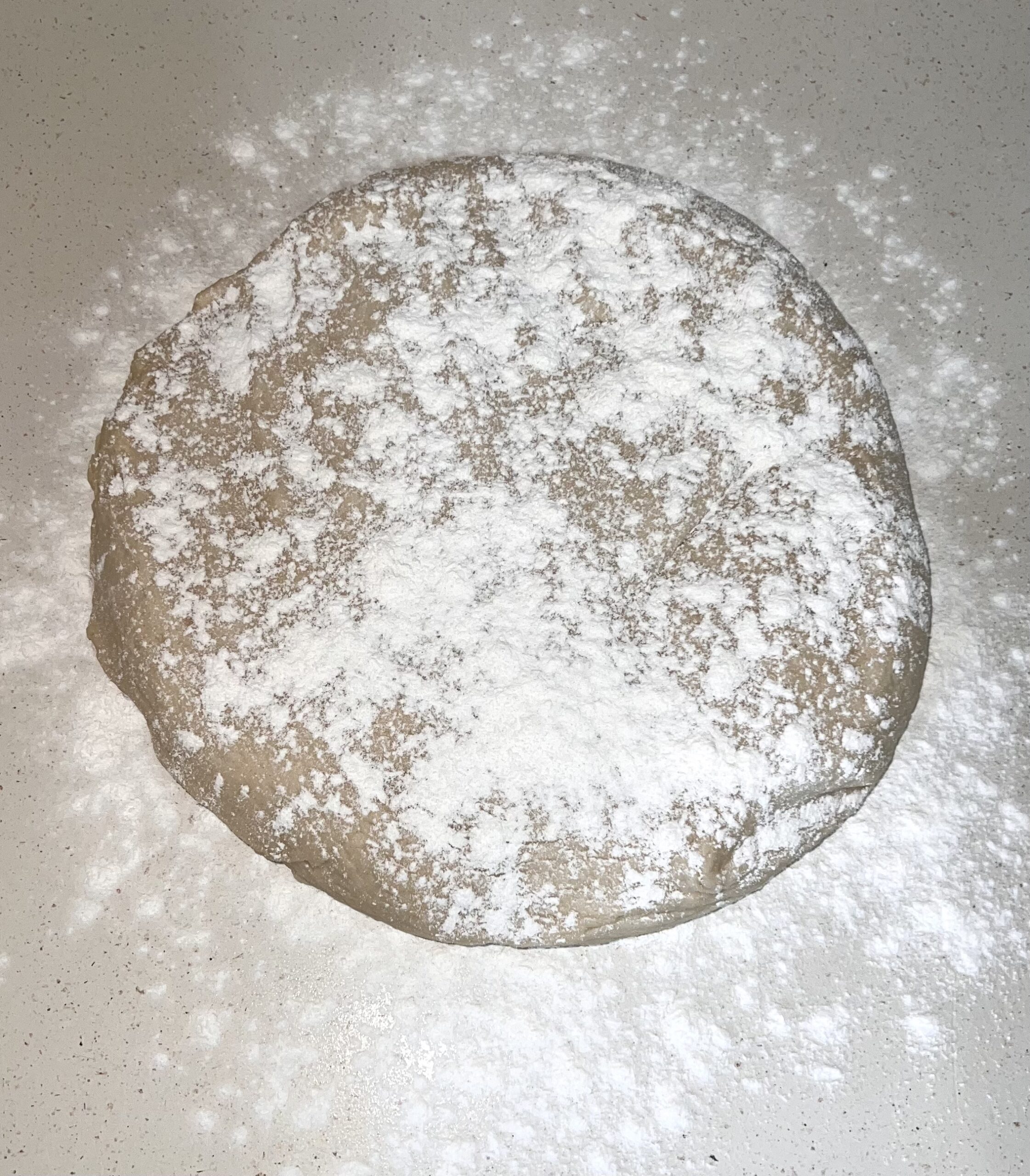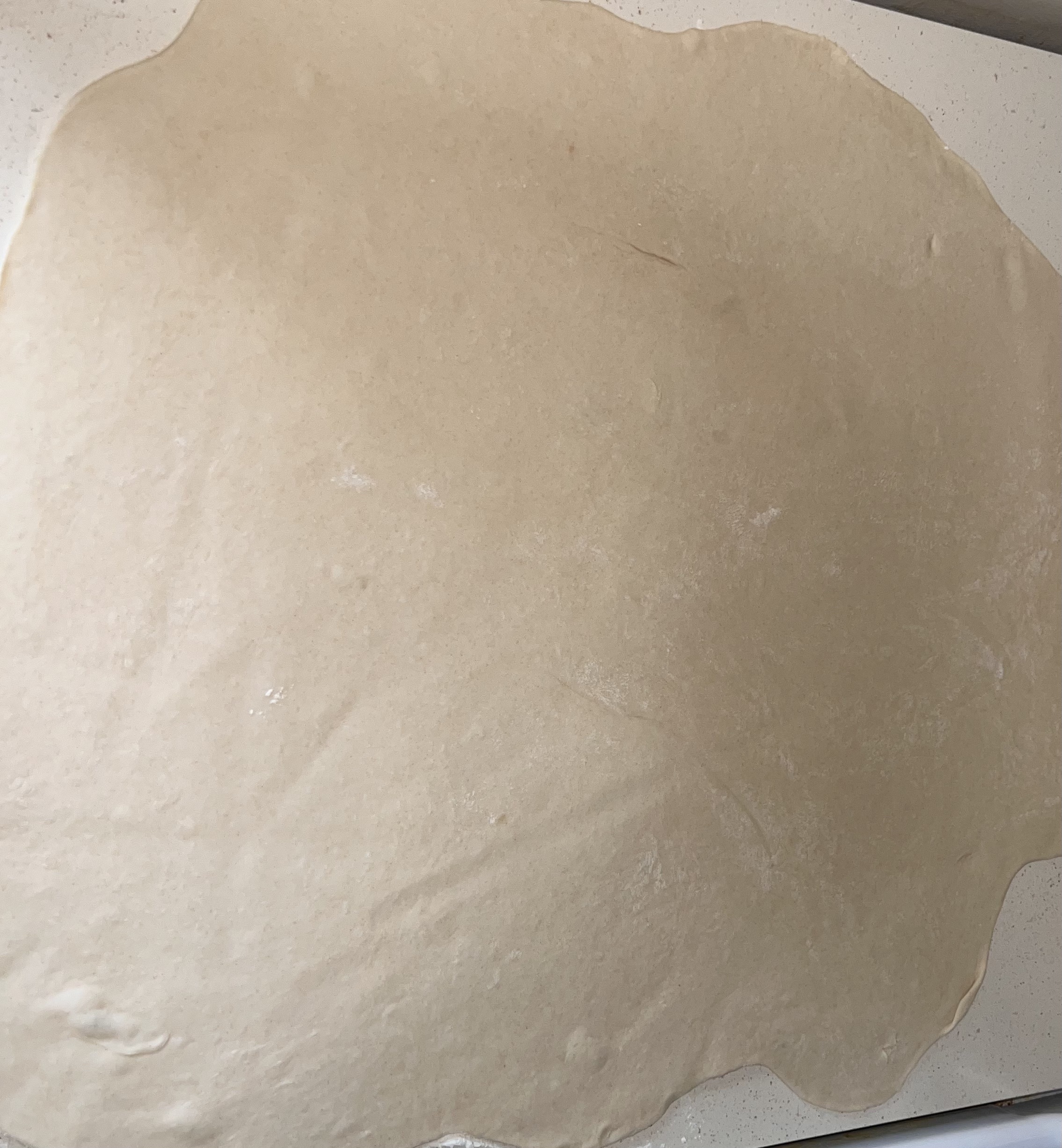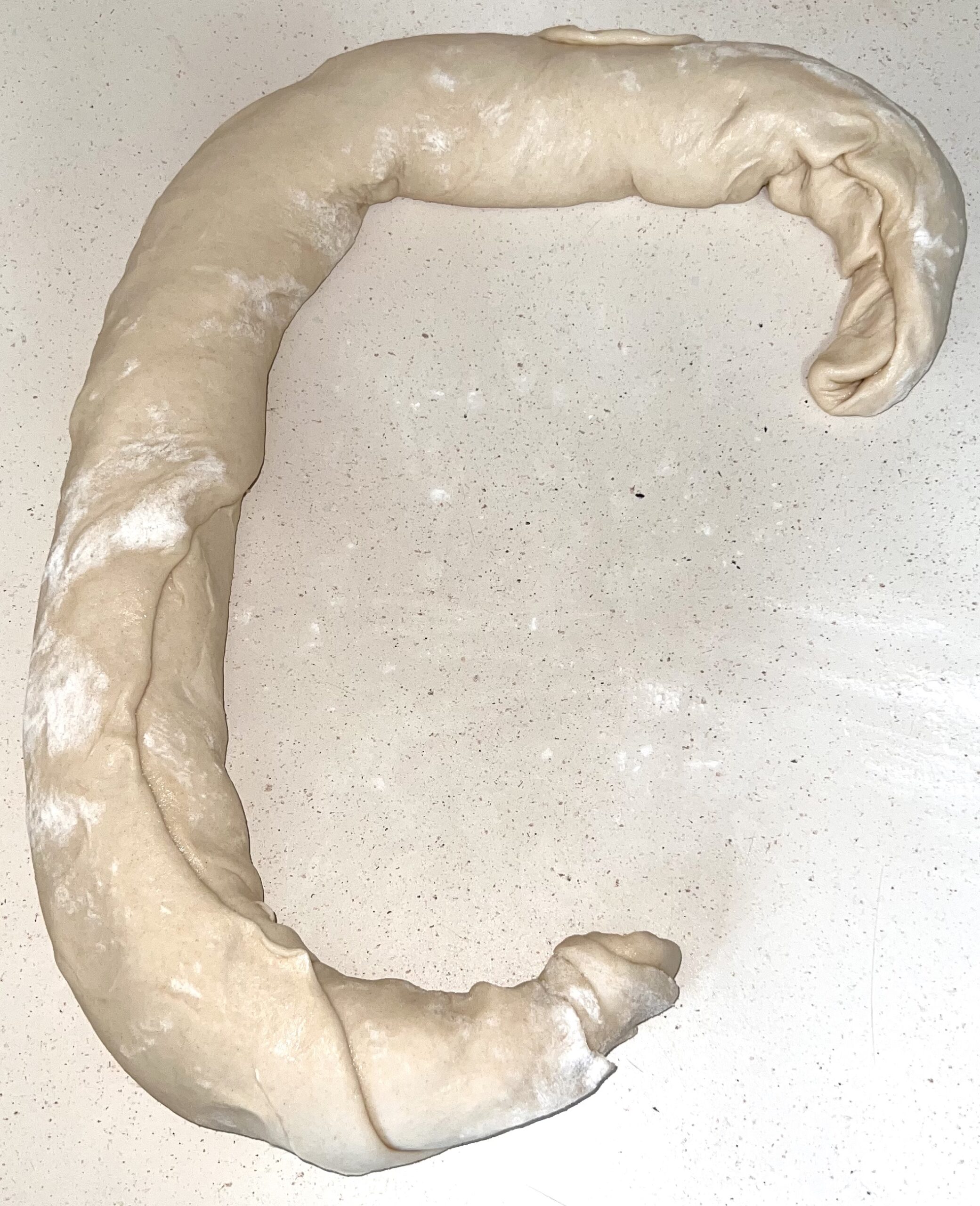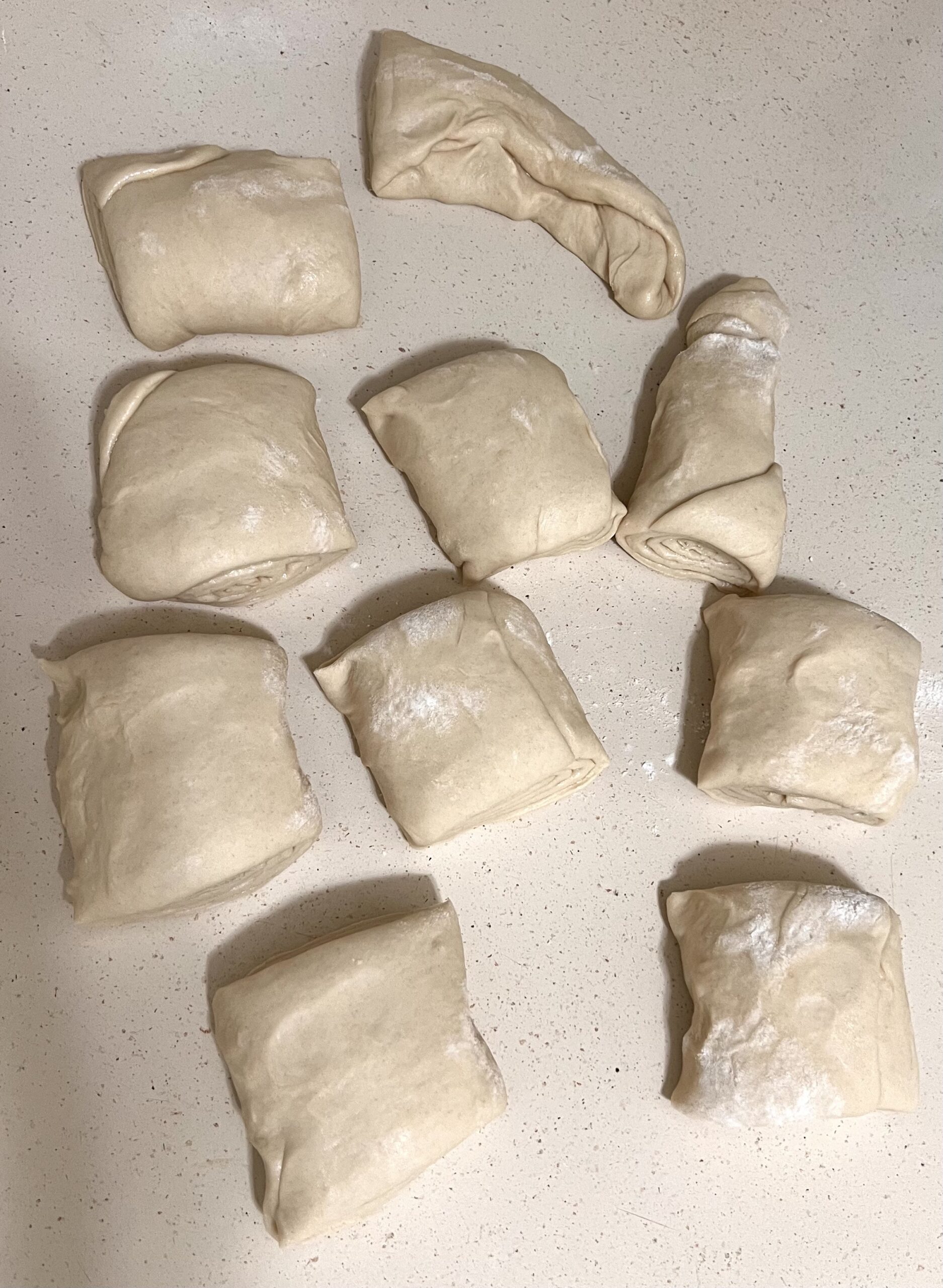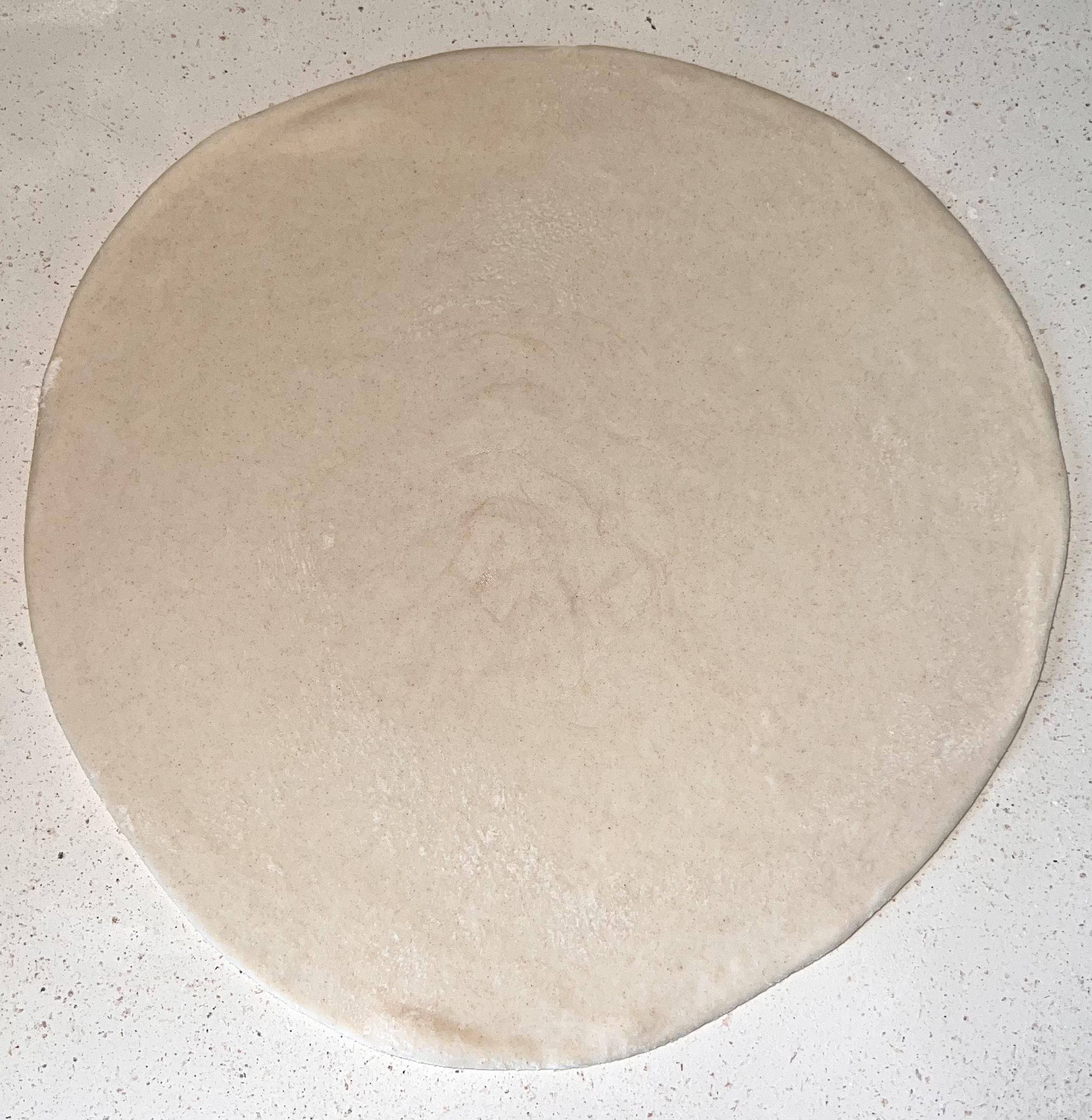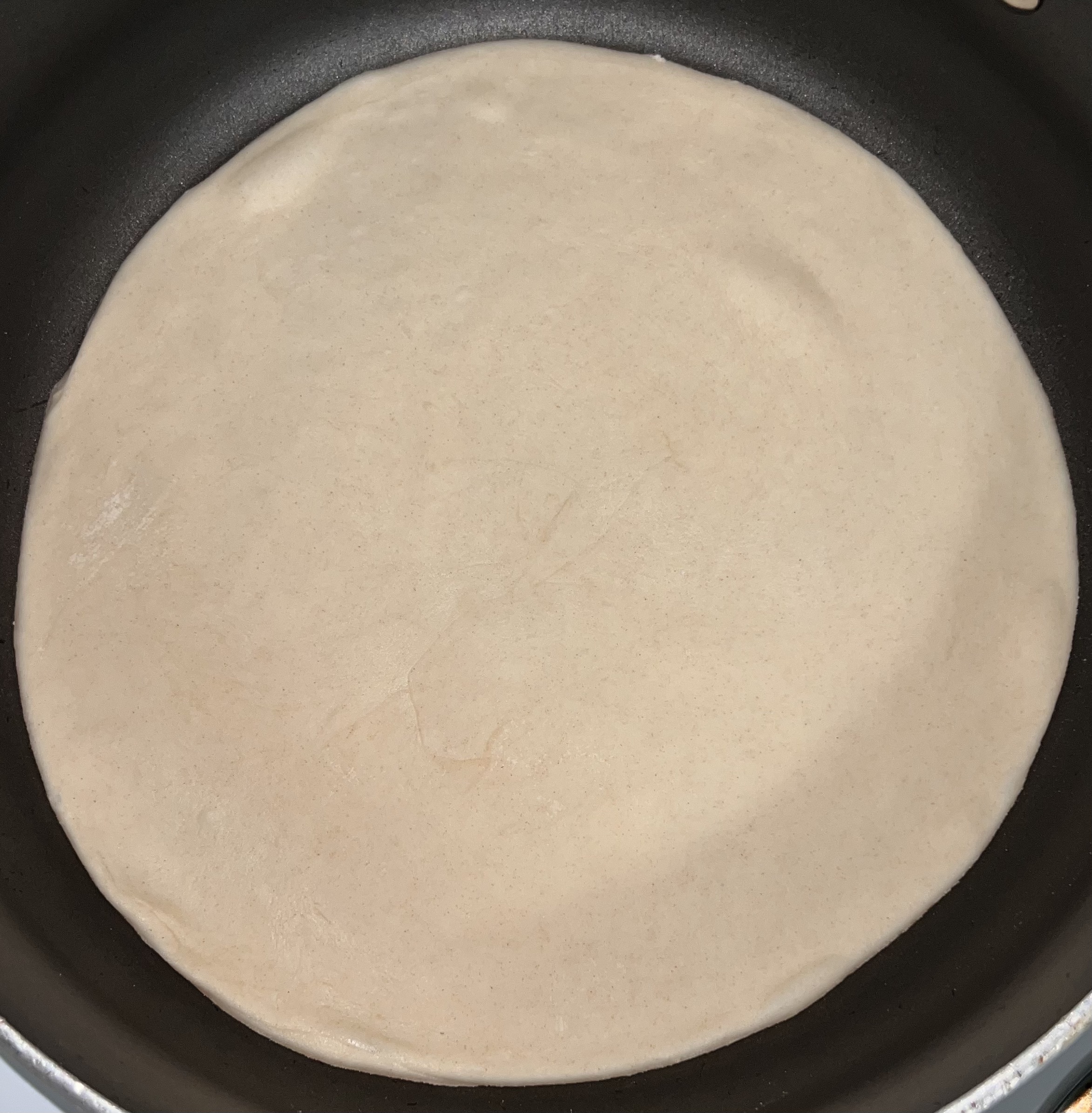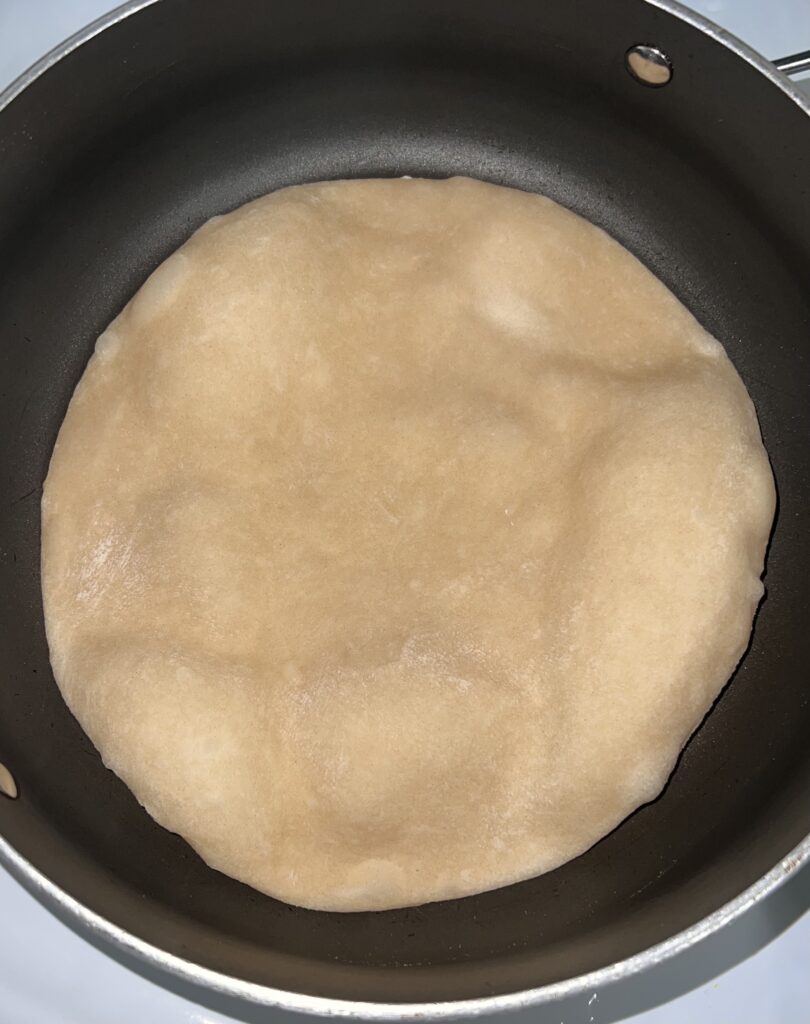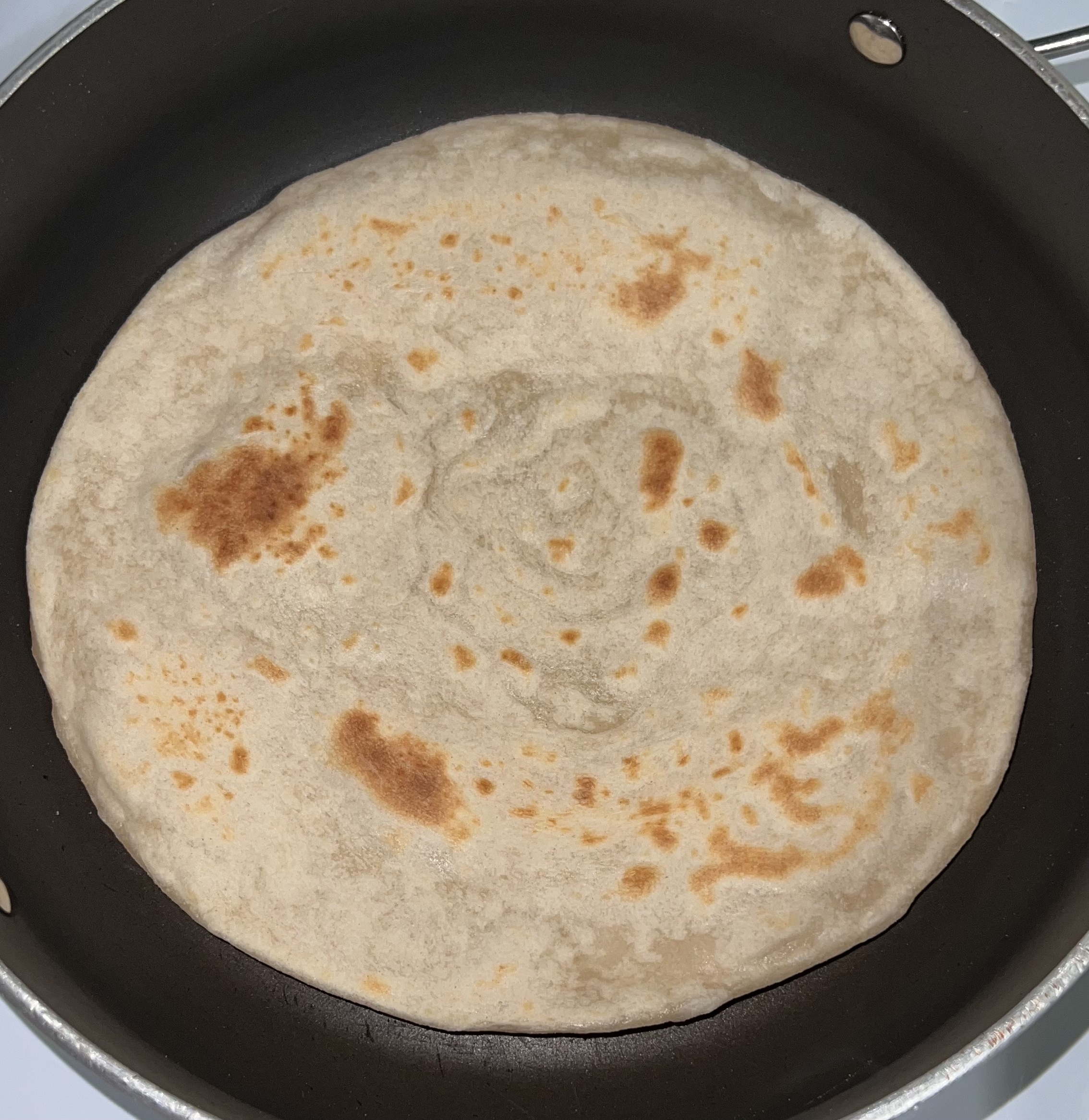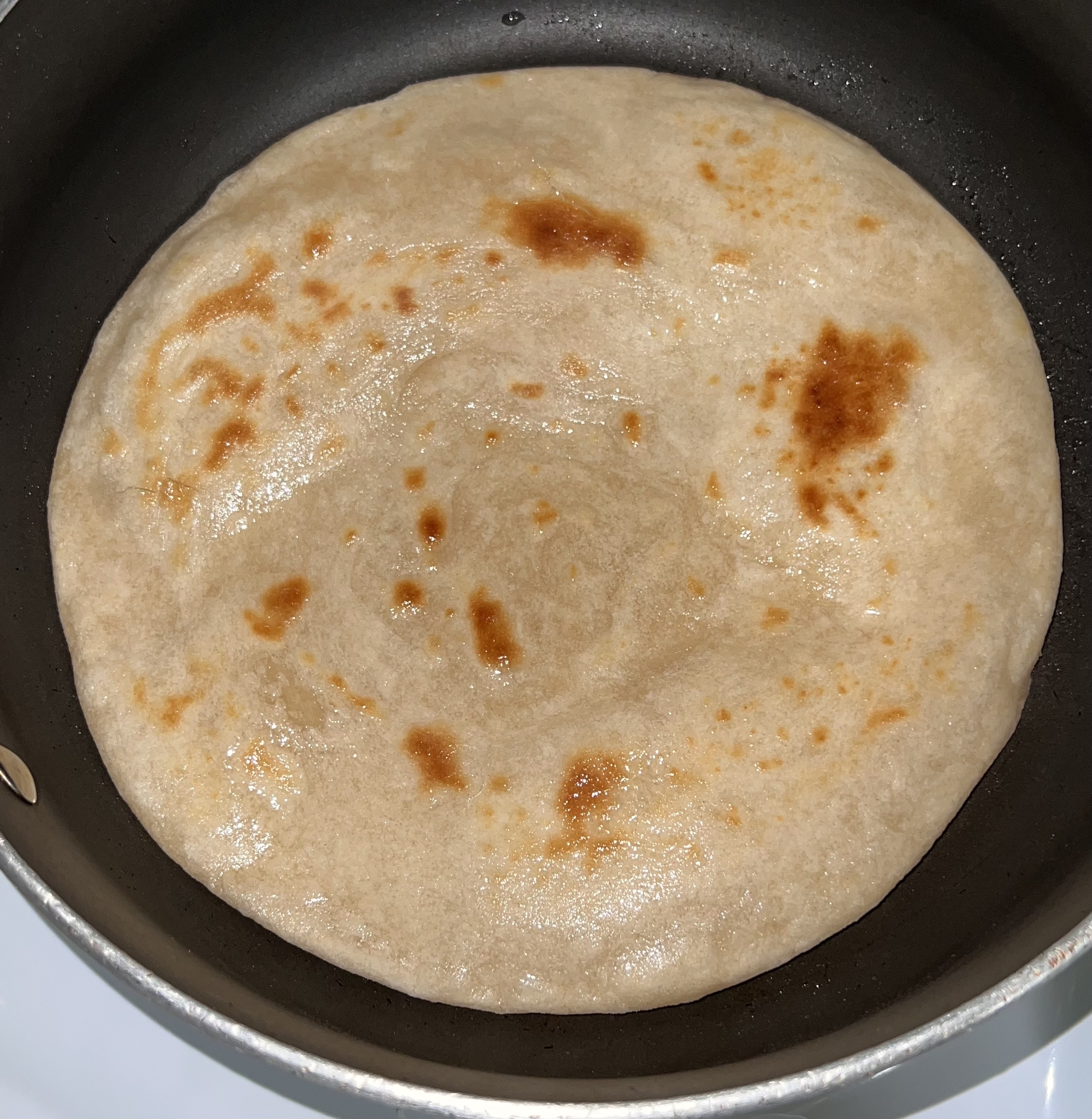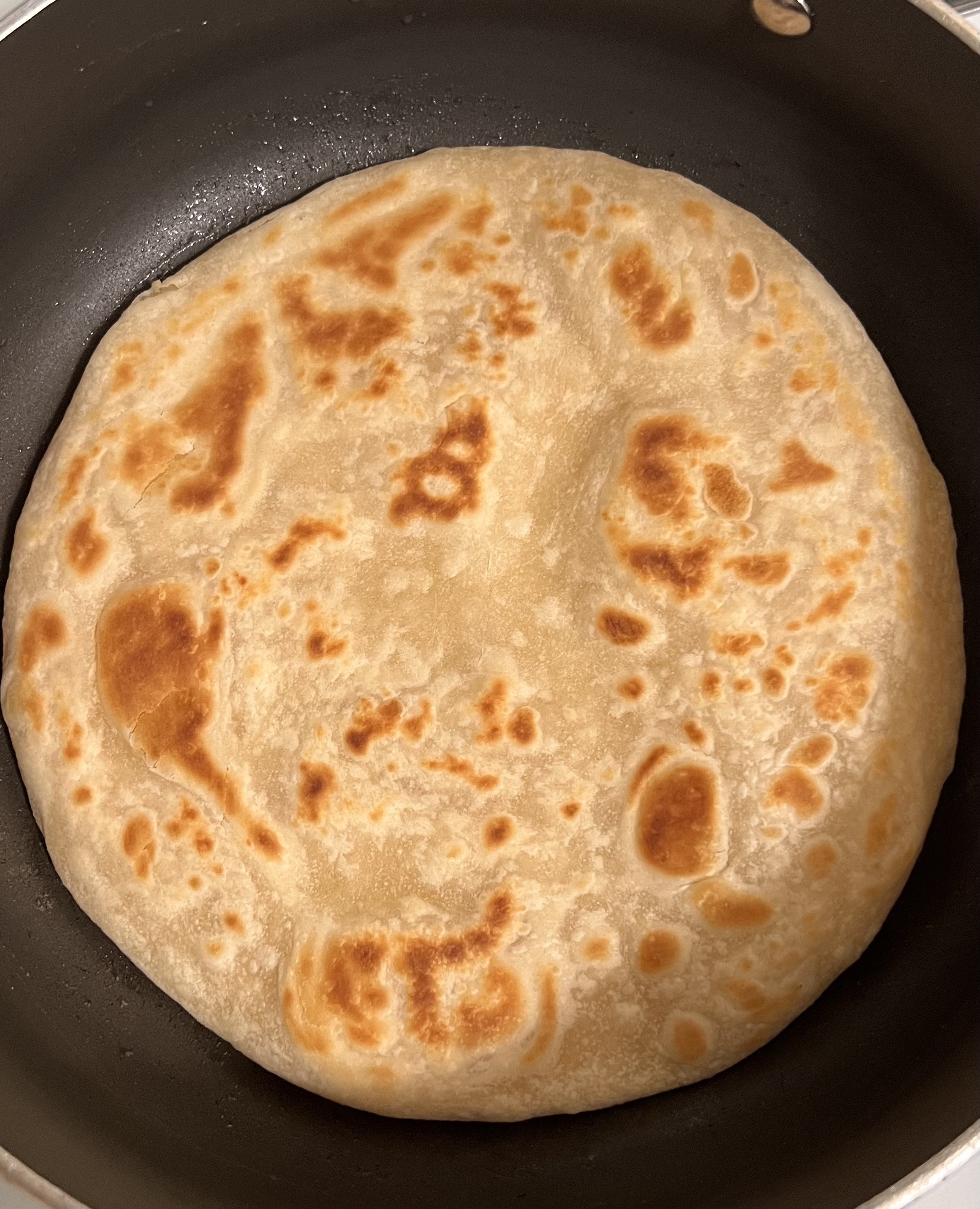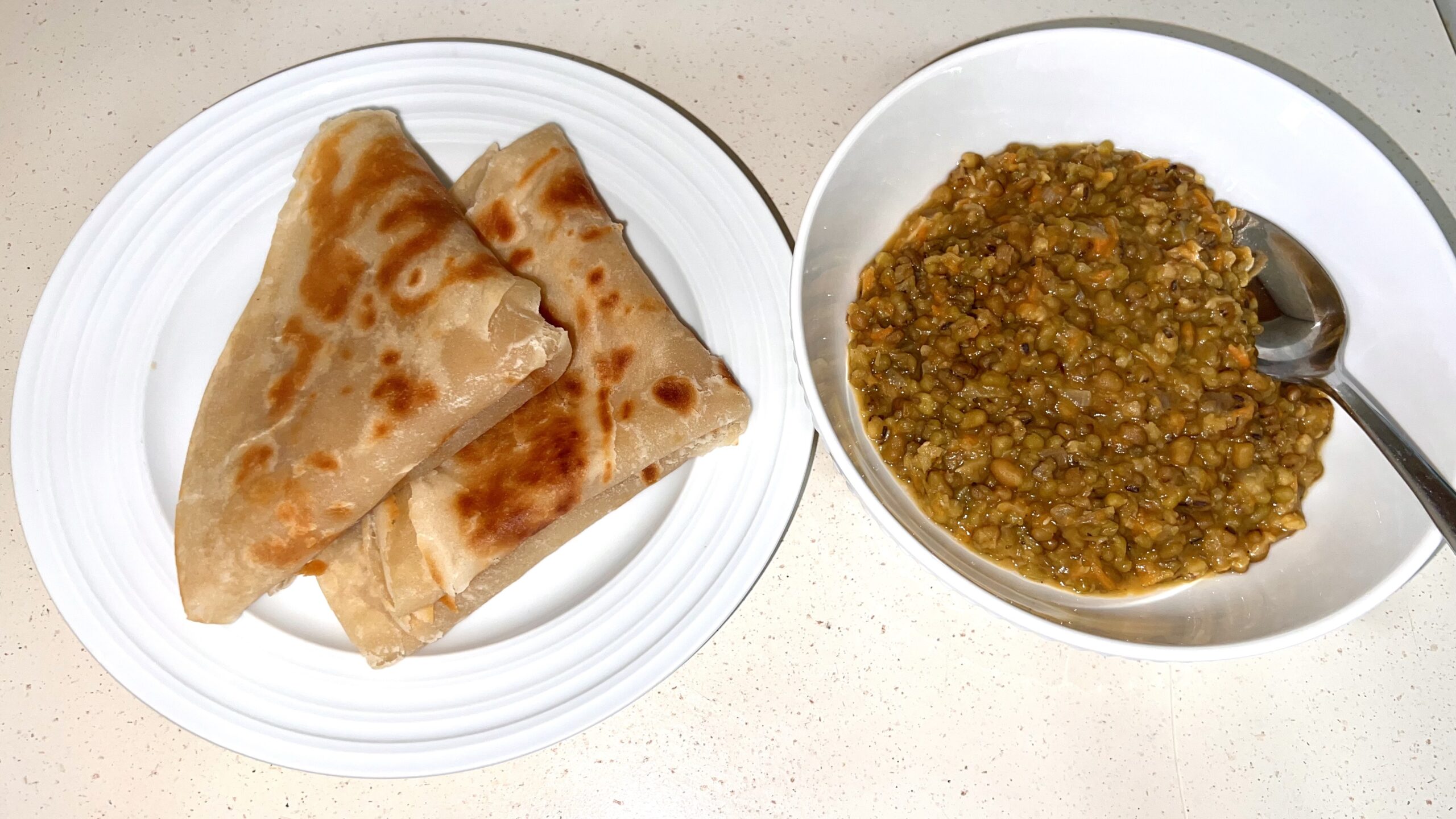This post may contain affiliate links, which means I may receive a commission from purchases made through the links.
Chapati is a scrumptious and versatile dish that is extremely popular in many parts of the world. It is one of those few foods that you can have for breakfast, lunch, or dinner, and it also makes for a great snack. If you’re unfamiliar with chapati, think of it as another version of Naan bread or a thicker and tastier tortilla. With that said, making soft and delicious chapati is often a challenge to many. A missed step here or a poorly measured ingredient there and the chapati comes out dry, chewy, or simply “not-so-good-looking.” This tried and tested recipe will have you craving chapati every day.
Print The Recipe
Soft Chapati Recipe – Layered and Delicious
Course: VegetarianCuisine: East AfricanDifficulty: Moderately Difficult6
servings20
minutes30
minutes1
hour10
minutesChapati is a versatile dish that you can have for breakfast, lunch, or dinner, and it also makes for a great snack. Follow this recipe and you will enjoy chapati like never before.
Ingredients
All-purpose wheat flour – 6 cups
Water (warm) – 700 ml
Vegetable oil – 1 cup (divided into two halves)
Salt – 1 tsp (flat)
Extra flour and vegetable oil for later steps
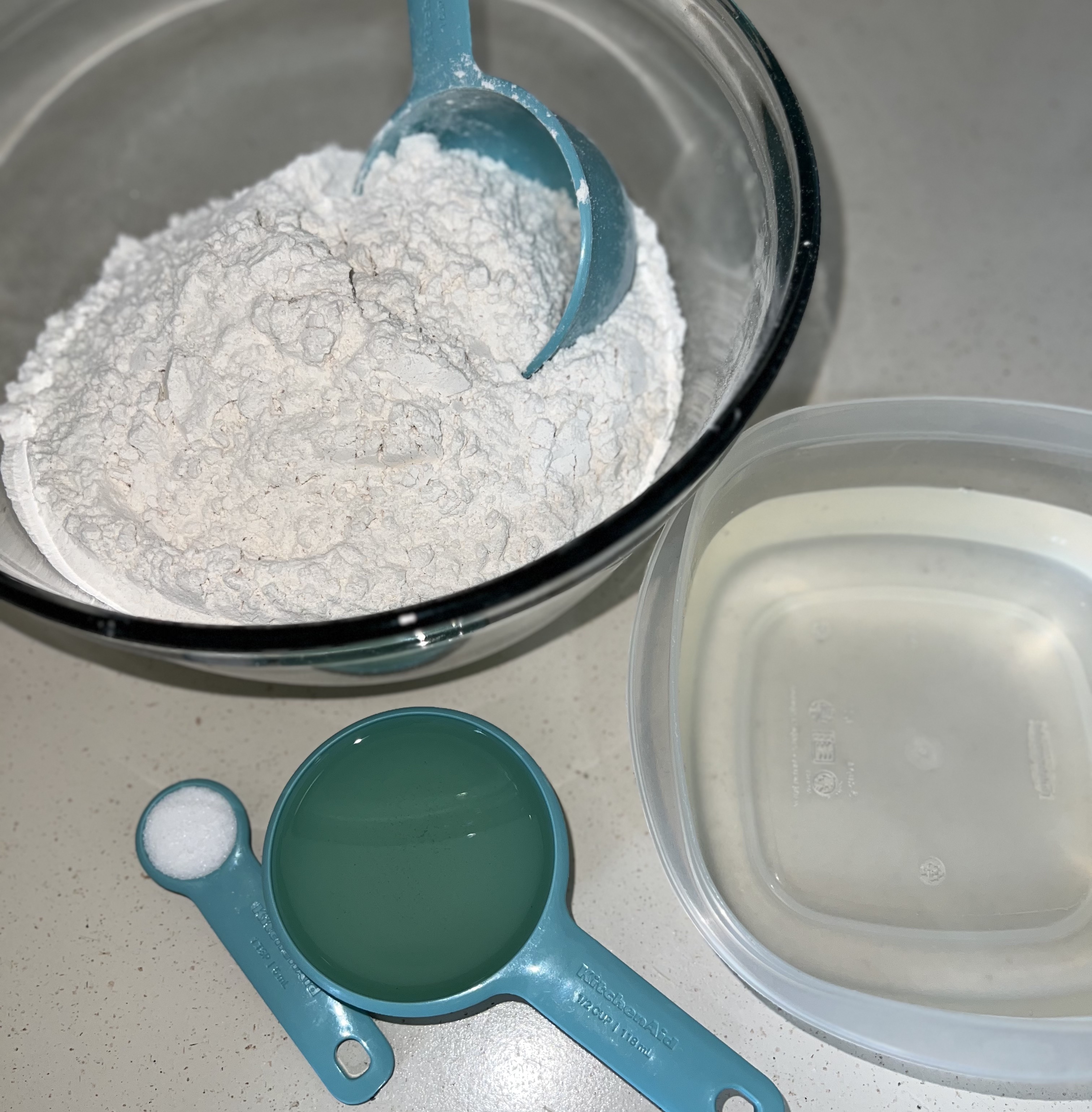
Directions
- Put the flour into a large bowl.
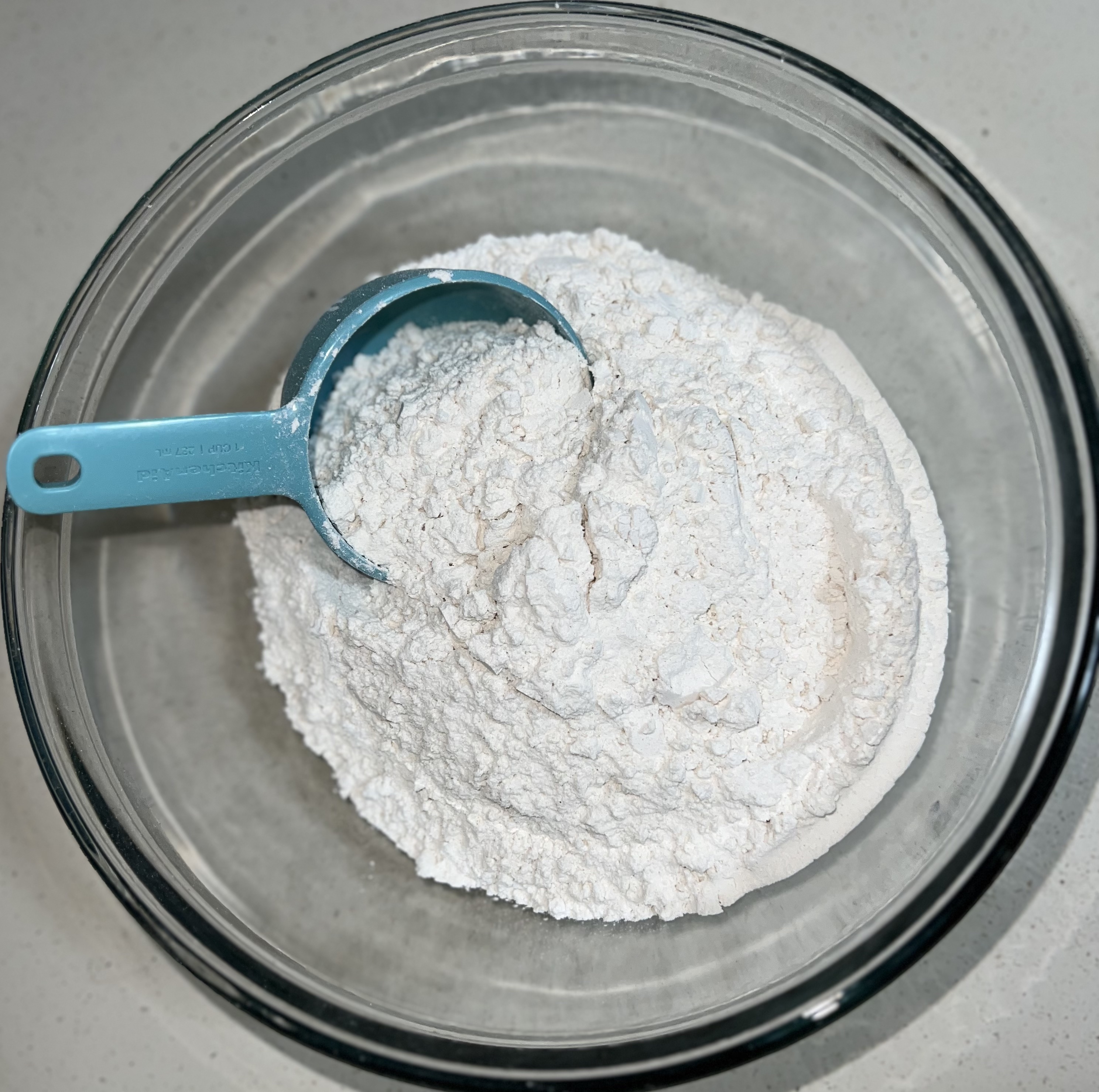
- Put the warm water in a separate bowl. Add salt and half a cup of vegetable oil to it. Stir to mix well.
- Add about three-quarters of that mixture to the flour and knead. Continue adding the rest of the mixture a little at a time to the flour and knead until all the flour is absorbed into the dough. Note: Depending on how packed your flour is, you may not use up all of the liquid. Keep an eye on the consistency of the dough and don’t add more liquid if it is soft enough.


- Add the other half a cup of oil to the dough. Knead for 5 more minutes or until smooth and without lumps or air spaces. The dough should come off your hands or the mixer easily with little to no stickiness.

- Shape the dough into a large ball and place it in the bowl.

- Cover the dough using cling wrap or a clean kitchen towel and let it relax for at least 15 minutes. That will make it easy to roll later.

- Find a clean, wide, and dry surface for this next step. Sprinkle about a tbsp of flour onto the surface. Then, gently place the whole dough onto it. sprinkle some more flour on the top side and roll the dough out into one huge circle. NOTE: Do not knead the dough anymore at this stage or it will be super bouncy when you roll it, and your chapati will come out tough and chewy.

- Sprinkle about 2 tablespoons of oil all over the rolled-out dough. Use your palm to spread the oil all over its surface including the edges.

- From one edge, roll the dough back up into one long roll. (My countertop is quite small so I always end up with a C (C is for Chapati). It can be neater than this, though).

- Using a sharp knife, cut the roll into equal and sizeable pieces depending on how large you want your chapatis to be. This dough should give you about 10-12 medium-sized chapatis.

- Shape each piece into a nice round ball by placing it onto one palm, vertically, tucking in any loose edges, and pressing gently.

- Sprinkle a little flour on your working surface and roll out one chapati at a time. (Feel free to express yourself. Your chapatis don’t have to be perfectly round. They can be a map of a country you plan to visit. Or they can have ears).

- Place a heavy frying pan onto the stove on medium heat. Do not add any oil to it yet.
- Place the rolled-out chapati dough on the pan and let it cook until the top side sets and the bottom begins to brown. Turn it over and cook the other side. At this point, sprinkle a tablespoon of oil on the top side and spread to the edges. Turn it over and do the same. Once your chapati looks like a cheetah on both sides (has beautiful brown spots), take it out.






- Place the ready chapati on a plate lined with paper towels to absorb any excess oil and moisture.

- Serve your chapati with any entrée of your choice. Usually, it makes a perfect side to stews (meats, legumes, etc.), but you can also have it with sauteed cabbage, or simply with a beverage. See more serving suggestions in this post.

Recipe Video
Serving Suggestions
Chapati is a flatbread that can be served with many dishes and in a variety of ways.
- For delicious vegetarian options with tons of plant proteins, try chapati with my creamy lentil stew or green grams stew (pictured below).
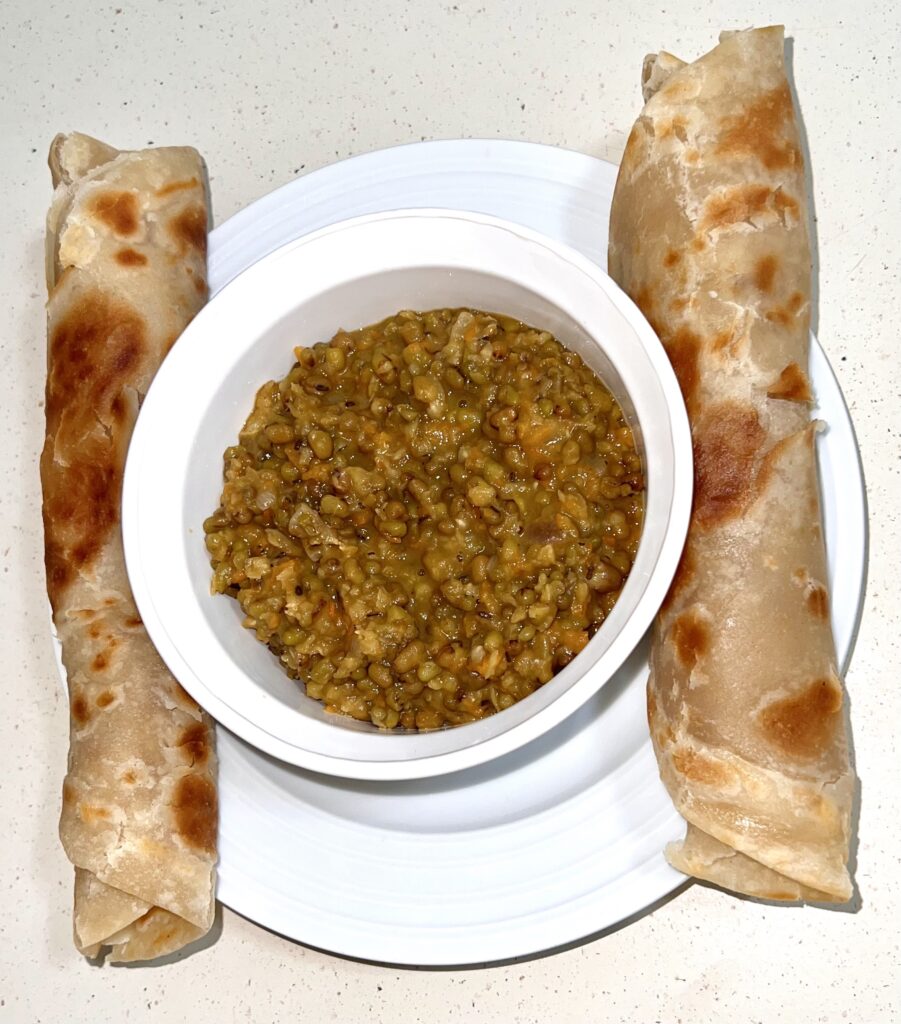
- Roll or fold it up and enjoy it with this beef ribs stew or this chicken in coconut milk stew.
- Use it as a taco shell and fill it with baked pork chunks and vegetables of your choice.
- Use it as a burrito wrap for rice, sautéed cabbage, cheese, and meat e.g., fajitas.
- Enjoy plain chapati with hot tea, coffee, or a cold beverage.
- Make this Ugandan Rolex which is chapati layered with eggs. Enjoy your Rolex with a drink.
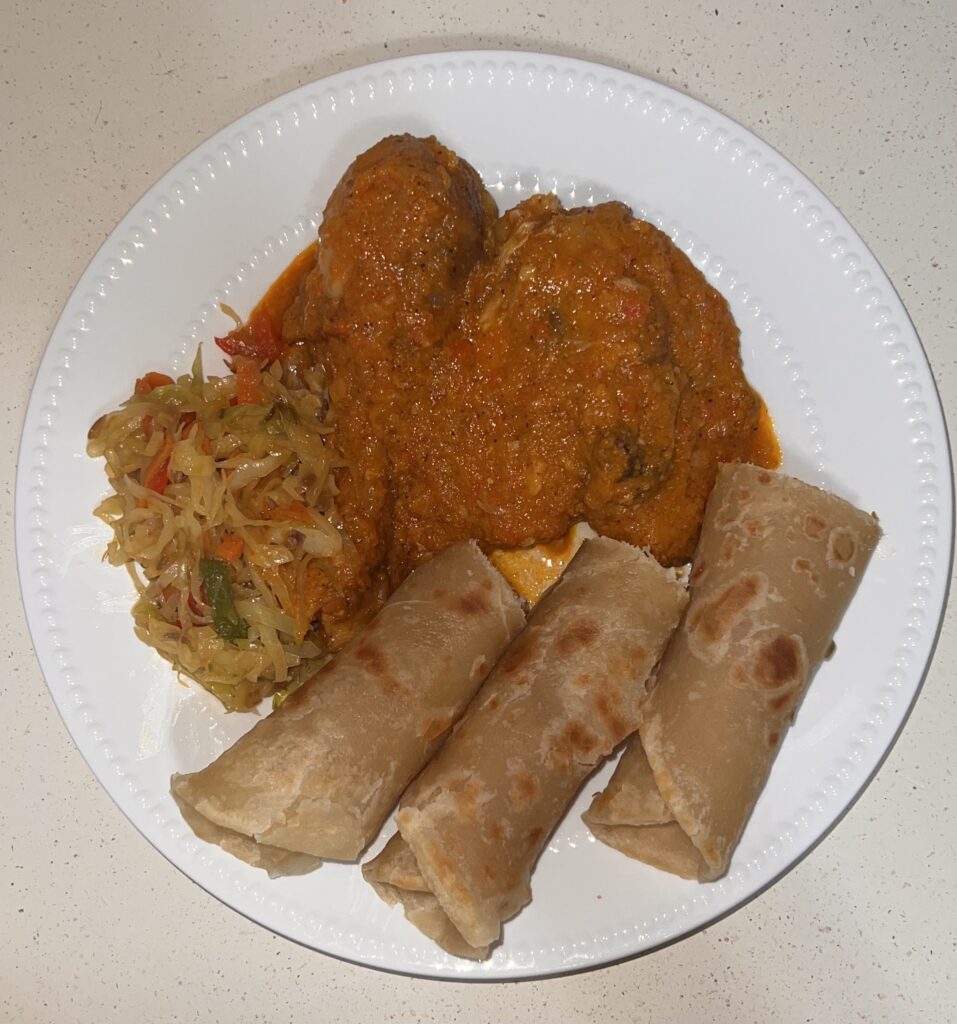
Additional Cooking Tips for Soft Chapati
You might want to:
- Regulate your stove heat between medium and medium-high if necessary. Be careful not to burn the chapatis or to dry them out with too low heat.
- If your chapati starts rising and swelling while cooking, that’s a good sign. Smile. If that rising messes with how it cooks (uneven cooking), pierce it to release the air and make it flat.
- Be keen when measuring water, flour, and oil. although not required, you can sieve your flour before measuring it. Alternatively, loosen it up with a spoon so it is not too packed when you measure it.
- When rolling out your chapatis to cook, use flour minimally on the working surface. Just enough to prevent sticking. Too much flour and your chapatis will go into the pan dusty, and that dry flour will burn and make your chapati look… not so good.
- Well-made chapatis will fold effortlessly while warm and should be soft, not chewy. They can come out a little flaky at first but as you pile them up one after another, their moisture softens them. So, make sure to pile them up when cooking for a soft chapati end result.
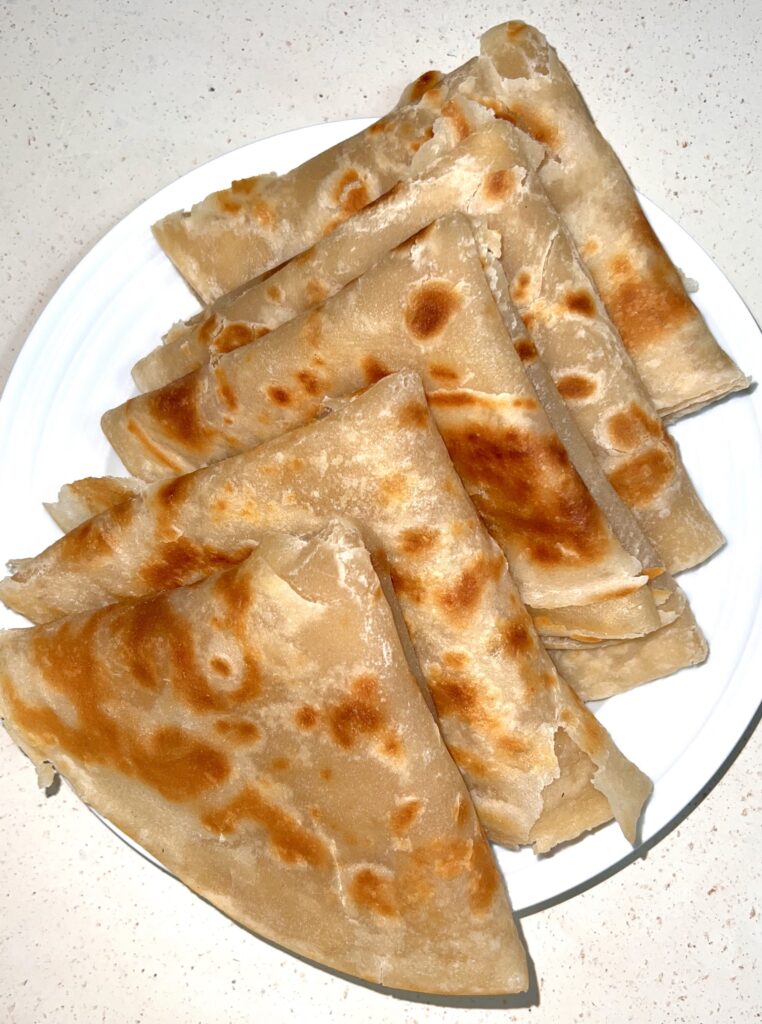
Tips on Preserving Your Chapati
- Preserve chapati moisture by covering any remaining ones in an airtight container as soon as they cool down (I like to use large Ziplocs for this). Chapati, like many other pastries, dries out quickly if left uncovered.
- Preserve chapati freshness by freezing any leftovers. Refrigerating doesn’t work as well.
- You can heat up frozen chapati on the stovetop or in the microwave. If microwaving, do about 20 seconds at a time and turn it over. You will hardly need to go over a minute and a half or your chapati will dry out.
